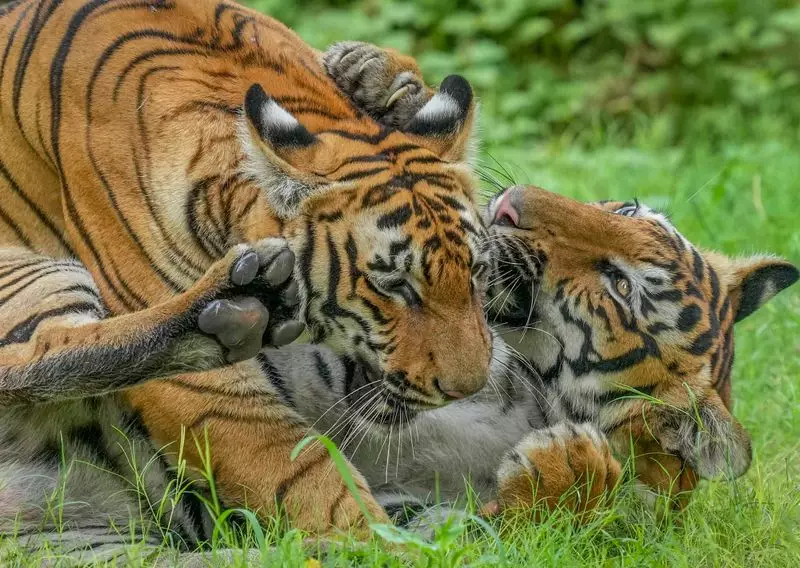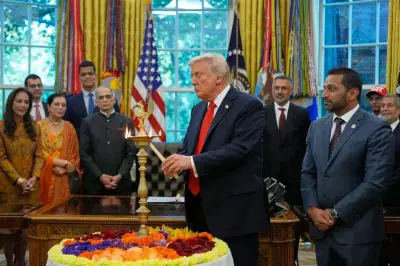
India has made a powerful appeal for worldwide cooperation to safeguard big cat populations during the crucial COP30 climate conference. The country's representatives emphasized that protecting majestic species like tigers, lions, and leopards requires coordinated international efforts beyond national boundaries.
India's Conservation Leadership on Global Stage
During the high-profile environmental summit, Indian delegates highlighted the nation's remarkable success in tiger conservation while stressing that isolated national efforts are insufficient for long-term species survival. India has achieved a significant increase in its tiger population, demonstrating what focused conservation policies can accomplish.
The Indian delegation presented compelling data showing how climate change impacts big cat habitats across continents. They noted that rising temperatures, changing precipitation patterns, and extreme weather events threaten the delicate ecosystems these predators depend on for survival.
The Urgent Need for Cross-Border Collaboration
India's proposal at COP30 calls for establishing formal mechanisms for international cooperation in big cat conservation. This includes sharing technological expertise, intelligence on wildlife trafficking, and best practices in habitat management. The initiative seeks to create a global network of protected corridors that would allow big cat populations to migrate safely between countries.
Environmental experts speaking at the summit echoed India's concerns, noting that big cats face multiple threats including habitat fragmentation, human-wildlife conflict, and illegal wildlife trade. These challenges transcend political borders and require unified global responses.
Building on Past Conservation Successes
India's position at COP30 builds upon its proven track record in wildlife conservation. The country has successfully increased its tiger population from concerning lows to becoming home to the majority of the world's wild tigers. This achievement showcases what determined conservation efforts can accomplish.
The proposal received support from several nations facing similar challenges with big cat conservation. Delegates from countries with tiger, lion, jaguar, and snow leopard populations expressed interest in collaborating under India's proposed framework.
The COP30 summit represents a critical opportunity to integrate wildlife conservation into broader climate action plans. India's leadership on this issue demonstrates the interconnectedness of biodiversity protection and climate change mitigation efforts.
As the summit continues, working groups are expected to develop concrete action plans based on India's proposal. The outcomes could significantly influence global wildlife conservation strategies for decades to come, potentially creating new international standards for protecting endangered megafauna.





